The Göbekli Tepe Research Team would like to congratulate the State Party of Turkey on the inscription of Göbekli Tepe on the prestigious list of UNESCO World Heritage Sites. At the 42nd Session of the World Heritage Committee, currently underway in Bahrain (Manama), the Outstanding Universal Value (OUV) of the site has been underlined. Accordingly, Göbekli Tepe fulfils three of the selection criteria:
i) represents a masterpiece of human creative genius,
ii) exhibits an important interchange of human values, over a span of time or within a cultural area of the world, on developments in architecture or technology, monumental arts, town-planning or landscape design, and
iv) is an outstanding example of a type of building, architectural or technological ensemble or landscape which illustrates (a) significant stage(s) in human history.
Our research continues at full pace, and the inscription of the site on the UNESCO World Heritage List is an additional incentive. Our work at Göbekli Tepe would not be possible without the continuous support of the General Directorate of Cultural Heritage and Museums, Ministry of Culture and Tourism of Turkey and the Şanlıurfa Museum. Further, we most gratefully acknowledge funding of excavations and research at Göbekli Tepe in the frame of the German Research Foundation (DFG) long-term project, The Prehistoric Societies of Upper Mesopotamia and their Subsistence.
Finally, we would like to take this opportunity to remember Klaus Schmidt, whose tireless efforts from the mid-1990s until his untimely passing in 2014, led to the recognition and excavation of this truly spectacular site.
In the name of the entire Göbekli Tepe Research Team.
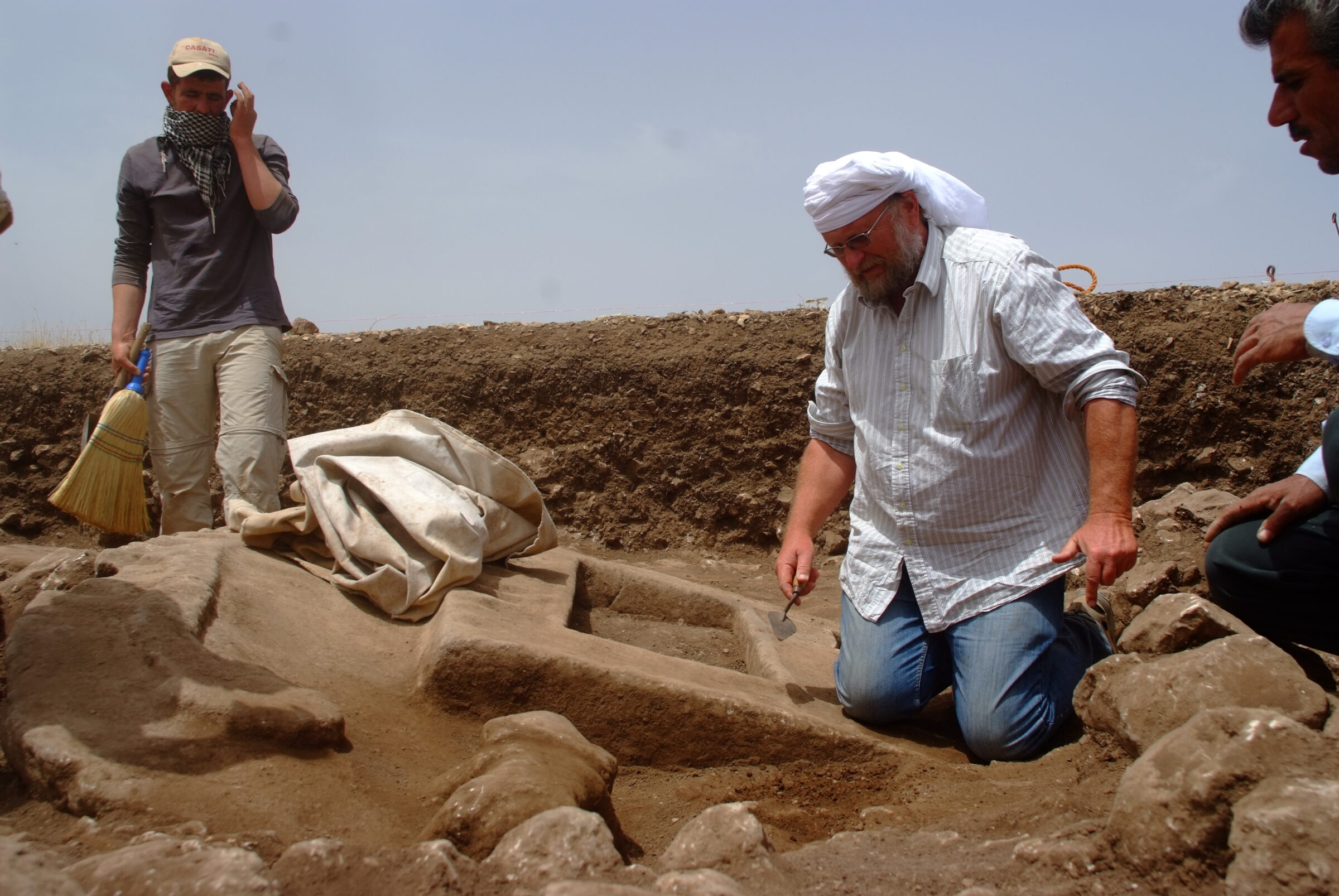
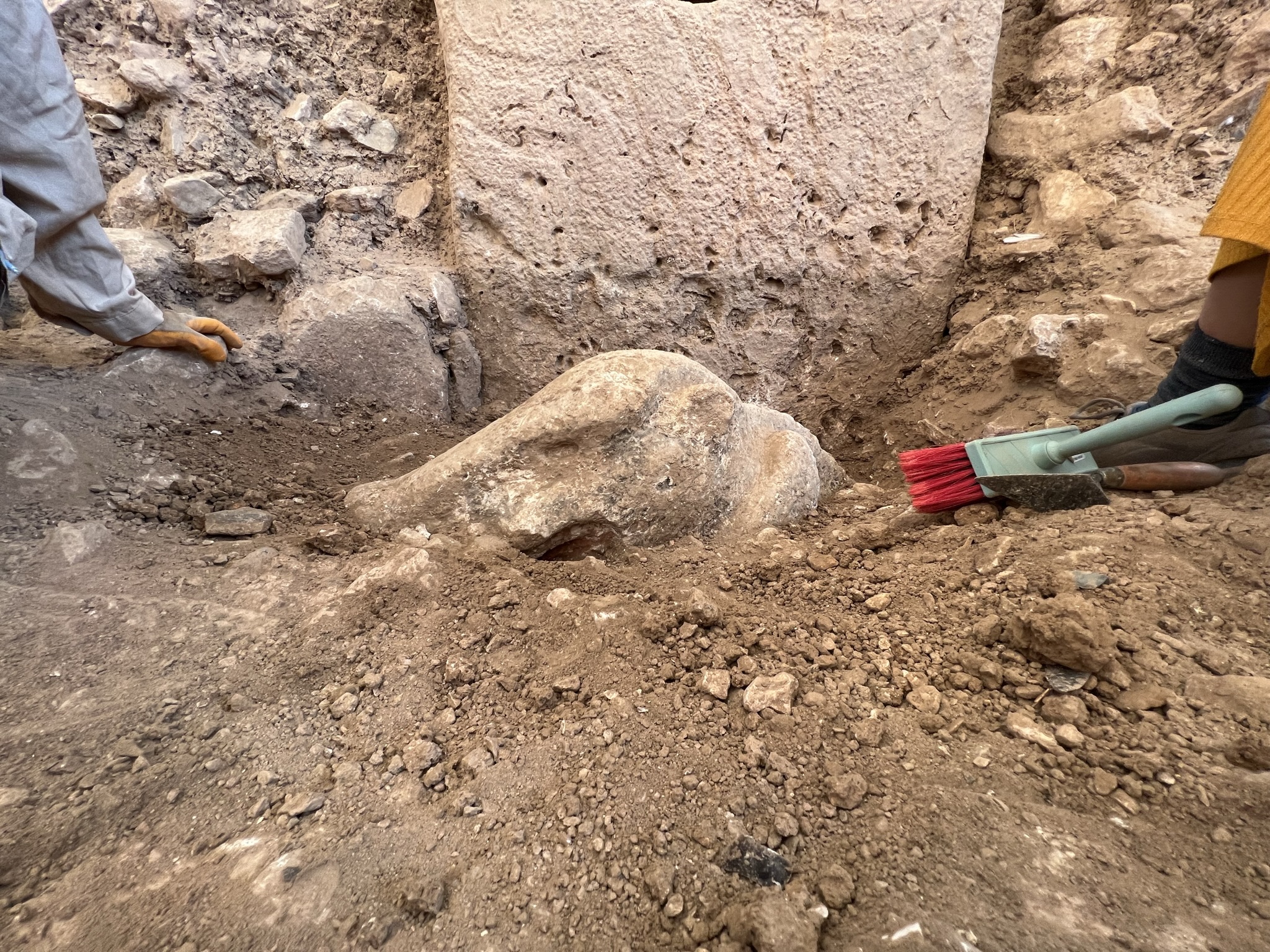
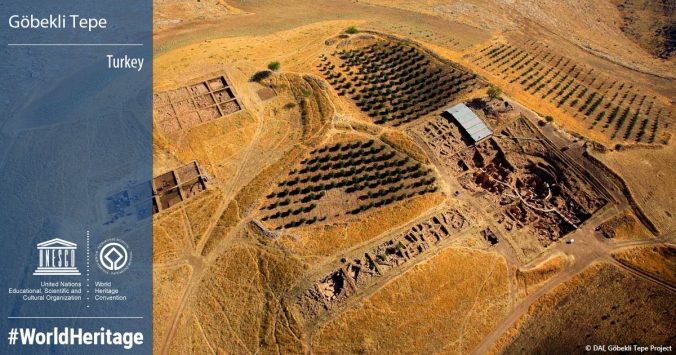
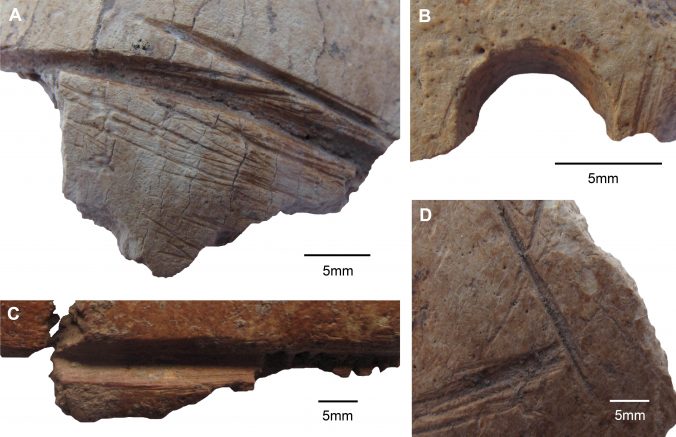
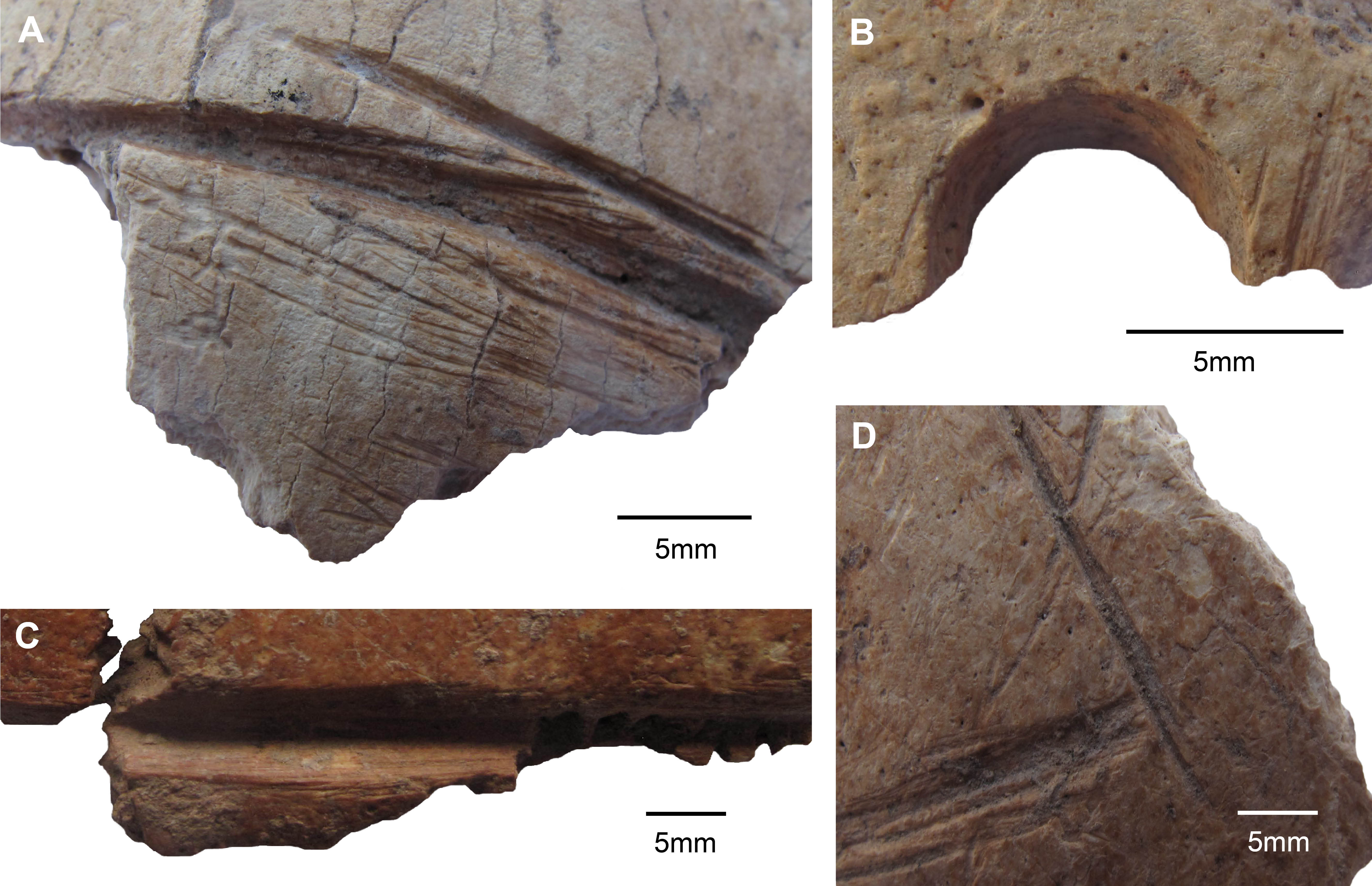
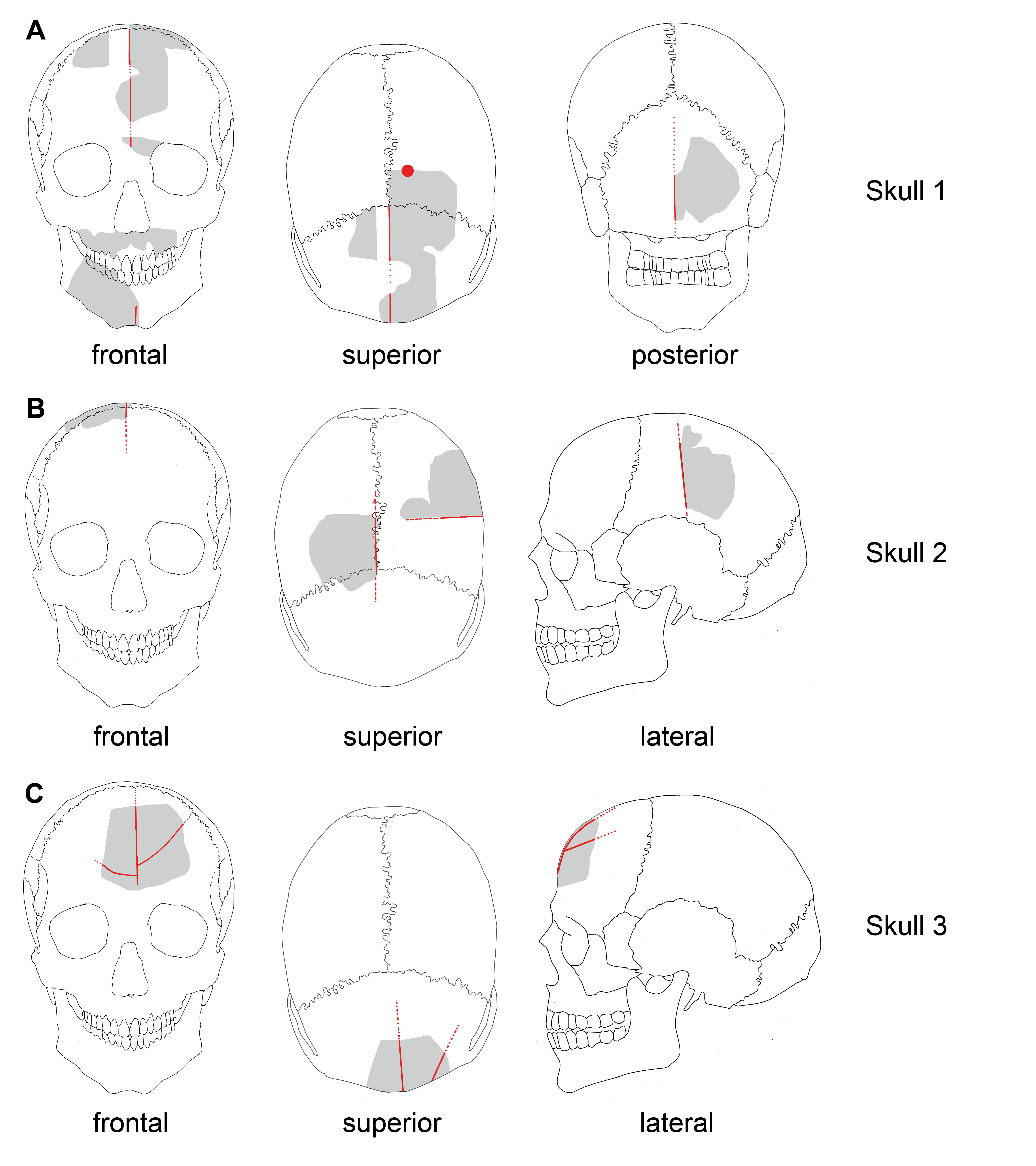
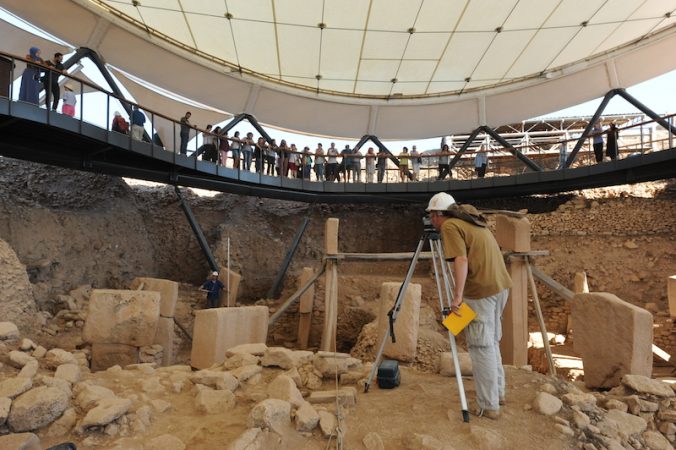

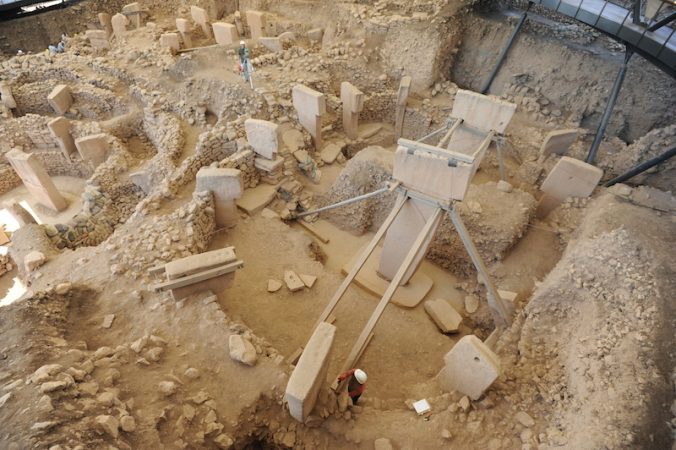

Recent Comments